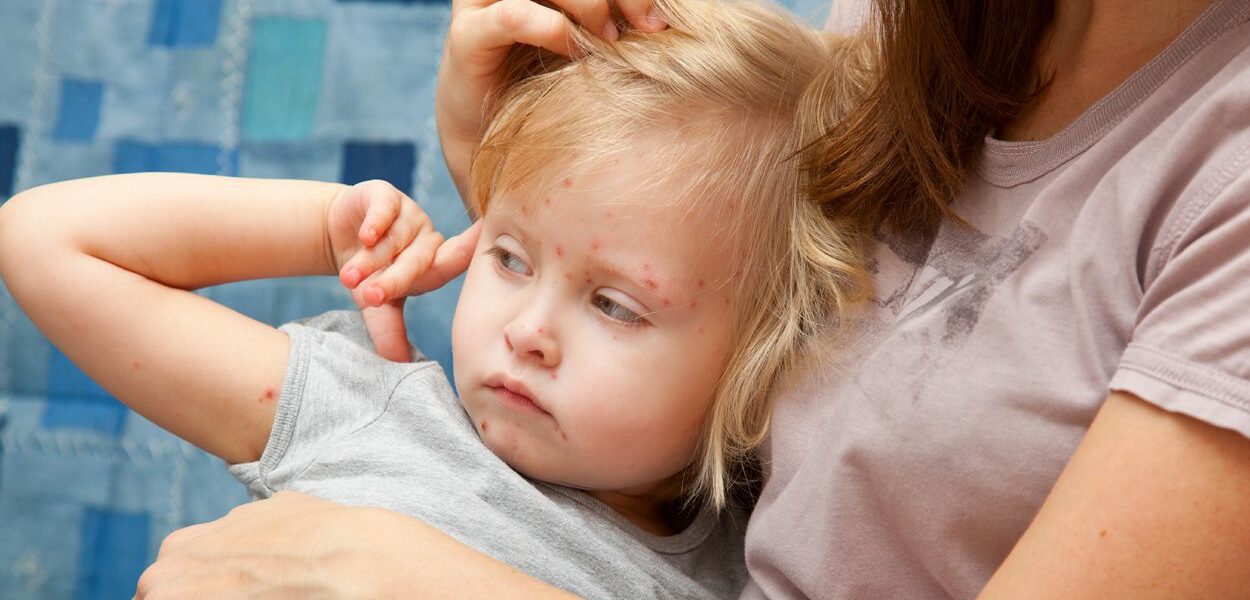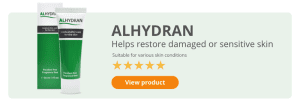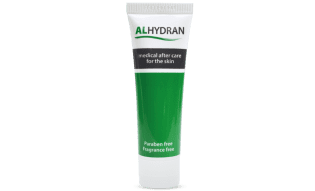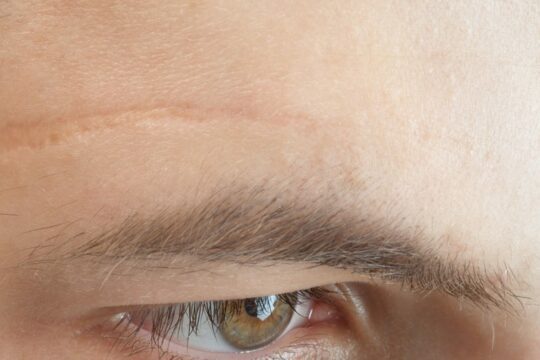Chickenpox scars: how to prevent or reduce
Chickenpox is a common childhood illness, but it can often leave a lasting reminder: chickenpox scars. Fortunately, there are proven ways to prevent and treat chickenpox scarring, especially with the right scar cream.
How do chickenpox scars form?
Chickenpox scars typically happens in two ways:
- The chickenpox blisters become inflamed and turn into open sores.
- Scratching caused by intense itching leads to deeper skin irritation and wounds that can scar.
So, why do chickenpox scars develop? It is usually a combination of inflammation and scratching, especially when blisters are opened and repeatedly irritated.
Your body heals a wound by producing scar tissue. Usually, a scab forms over the blister first, and once it falls off, new skin appears underneath. This new skin is the scar.
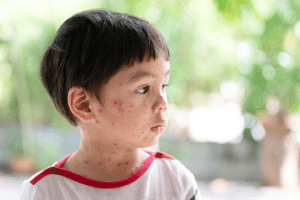
How to prevent chickenpox scars
The best strategy is to stop scratching before it starts. While it’s easier said than done (especially with small children), there are helpful tips:
- Keeping nails short and clean.
- Use gloves or soft mittens during sleep.
- Apply anti-itch creams to reduce the urge to scratch.
Another tip: keep the skin well hydrated with a high-quality moisturiser, such as ALHYDRAN, to support skin recovery and prevent chickenpox scarring.
Note: only apply ALHYDRAN to closed skin and not to open wounds.
Preventing scratching is the first line of defense in how to stop chickenpox scarring.
Chickenpox scar treatment
Unfortunately, chickenpox scars cannot be completely removed once they have formed. However, with the right treatment, such as a scar cream, they can become barely visible, although the scar will still remain.
It’s important to use the right cream. A cream that only provides hydration isn’t enough. Scarred skin needs more targeted care to support optimal healing and improve its appearance.
ALHYDRAN scar cream
ALHYDRAN is a scientifically proven effective scar cream. Our formula contains pure Aloe Vera gel as its main ingredient, which has been scientifically shown to help reduce and prevent scarring.
Thanks to this ingredient, the cream deeply hydrates the skin. But that’s not all. It also helps the damaged skin retain this moisture. This is essential for long-lasting hydration and a smoother, better-looking result.
Even if your child already has chickenpox scars, ALHYDRAN can help fade them. In some cases, to the point where they become almost invisible.
- Start treatment with ALHYDRAN scar cream as soon as the blisters close.
- Apply the cream 2–3 times daily.
- Keep the skin moisturised to prevent the formation of hard, dry scar tissue.
- Protect the scars from the sun to avoid long-term pigmentation. For example, use ALHYDRAN SPF 30, a scar cream with built-in sun protection.
Do chickenpox scars always last?
Not necessarily. Early, consistent care can improve how they look and feel. The right skincare during recovery and after the skin has healed can make a noticeable difference.
By choosing ALHYDRAN, you’re choosing a product trusted by hospitals, doctors, and parents in over 50 countries. Whether your child is still healing or already has scars, ALHYDRAN provides the hydration and support their skin needs.
